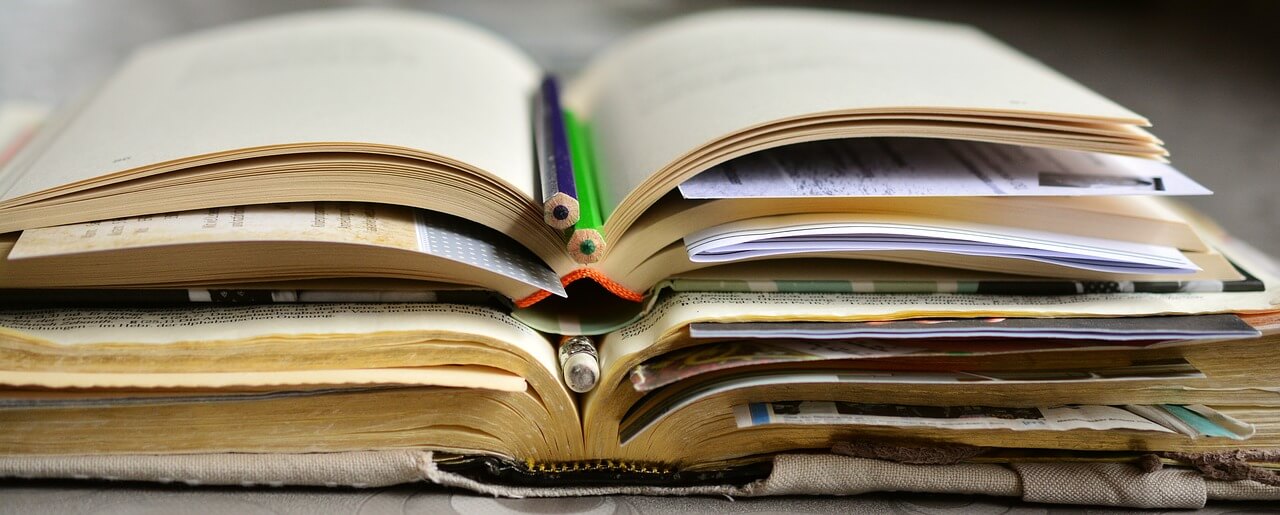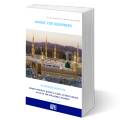
The known history of the Arabs stretches back approximately three thousand years. They inhabited the northern part of the peninsula now known as Arabia. Their language, Arabic, embarked on an extraordinary journey in the 7th century with the advent of Islam.
Arabic stands today as the official language of 22 countries, encompassing a population of approximately 250 million. Additionally, Malta’s language has roots in Arabic. Moreover, Arabic is widely spoken in several non-Arab Muslim countries, such as Iran and Turkey, where historical linguistic interactions have left their mark.
Before the rise of Islam, the Arabic language was in contact with various Semitic languages like Akkadian, Phoenician, Hebrew, Aramaic, and Assyrian. These languages can be categorized into northern and southern subgroups. While Arabic is primarily part of the latter, it shares some characteristics with the former.
Arabic shares the following characteristics with the southern subgroup:
It’s worth noting that Arabic’s position as a synthesis language, bridging the two subgroups, makes it the closest living language to ancient Semitic.
Evidence of this ancient language is found in inscriptions dating back to the 8th century BC. However, it’s the rich literary production, particularly oral poetry, that offers insights into pre-Islamic Arabic.
The refinement of ancient poetry indicates a language that developed over an extended period, possibly centered around the dialect of the Quraysh tribe, located in Mecca, the city of the Prophet Muhammad. Mecca was already a holy city and a place of pilgrimage, serving as the backdrop for the revelation of Islam in the 7th century.
The Quran played a pivotal role in the evolution of the Arabic language. The Quranic language became the standard, leading to the development of Classical Arabic. This transformation is evident in the growth of written Arabic, including the introduction of diacritical and vowel signs, as well as the emergence of dictionaries and grammar treatises.
The Quran, considered sacred and “inimitable,” served as the unchanging standard. However, a margin of flexibility was maintained, with dialectal features from seven representative dialects being incorporated into the standard. This accommodation aligned with the tradition of the Prophet Muhammad, who encouraged addressing people in their familiar language.
Arabic’s widespread use in Islamic territories led to its displacement of other Semitic languages in the Middle East, such as Coptic in Egypt. Arabic was also influenced by Persian and Turkish.
The resulting linguistic diversity gave rise to various Arabic dialects, which continue to thrive in modern Arab countries.
After a period of immense influence, making Arabic the primary language of culture, a stagnation phase set in. During this time, Arabic was primarily used for literary expression and cultural preservation. This period coincided with the disintegration of the Muslim Empire and the decline of the Abbasid Caliphate.
Despite these influences, Arabic developed into Modern Standard Arabic. This linguistic transformation, coupled with a renaissance in the 19th century, shaped the Arabic language into its modern form.
The structure of Modern Standard Arabic closely resembles that of Classical Arabic, serving as the norm. To avoid delving into the specifics of regional dialects’ influences, let’s focus on the key structural characteristics of the classical norm.
Arabic features 28 consonantal phonemes, including two semi-consonants (wa and ya) and six vocalic phonemes (u-a-i, each with doubled duration).
However, it’s essential to note that changes in pronunciation have occurred due to dialectal influences. For example:
These dialect-induced shifts have influenced the pronunciation of Modern Standard Arabic, particularly in speech.
Arabic’s morphological system is characterized by a derivational structure that combines complexity and rigor. It operates through schemas, combining root consonants with affixes. While some patterns are predictable, others are customary and feature variants.
The system is highly productive, allowing the integration of borrowed words and neologisms, but it adheres to certain schematic constraints.
Arabic verbs emphasize aspect over tense, with three modes: indicative, subjunctive, and jussive. These verbs have less temporal value and more aspectual value.
Arabic nouns and adjectives exhibit case inflections, offering flexibility in sentence structure.
One of the most distinctive differences between dialects and Modern Standard Arabic is the absence of inflectional endings in dialects. This absence limits word distribution within sentences.
Moreover, dialects tend to favor similitude over vowel alternation, which is more prominent in Modern Standard Arabic. Dialects display a richer syllabic system and greater structural flexibility, allowing them to integrate borrowed words more readily.
The coexistence of dialects and Modern Standard Arabic has led to a phenomenon known as diglossia. While dialects are practical for everyday communication, Modern Standard Arabic is favored in formal contexts such as education, public speaking, and media.
In literary and artistic production, publications tend to use Modern Standard Arabic, except for theater and popular poetry. The dominance of dialects is particularly evident in spoken and produced cinema.
Bilingualism or multilingualism is prevalent in some countries like Algeria and Morocco, where French serves as a vehicular second language in various sectors.
Arabic, in its written form, remains one of the oldest living languages today. It has developed dialects and intermediate levels that complement each other in their distribution and usage, fostering linguistic unity across the Arab world.
Rather than splitting into regional variants, Arabic has evolved into two registers—dialects and Modern Standard Arabic. These registers often intersect, creating a continuum that spans geography, culture, and structure.
The Arabs hold their language in high regard, considering it a symbol of cultural and spiritual unity. Despite dialects’ prominence in everyday life, Modern Standard Arabic maintains its importance in formal settings and publications.
In essence, Arabic’s journey through history has yielded a dynamic linguistic landscape where tradition and innovation coexist, reflecting the Arab world’s diversity and richness.
This comprehensive exploration of the Arabic language, from its ancient roots to its contemporary forms, underscores its enduring significance in the world of linguistics and culture.
With this expanded article, we’ve delved deeper into the complexities and evolution of the Arabic language, providing a comprehensive overview of its history and structure.
The Al-Dirassa Institute provides a range of online courses in Arabic, Quran, and Islam tailored for non-Arabic speakers. To enroll in our courses or learn more, please don’t hesitate to get in touch with us today.
Discover the experiences of our delighted clients who have thoroughly enjoyed utilizing this standout feature.
Alhamdulillah I‘m very pleased with the arabic and Qur’an lessons I receive from teacher Umm Tasneem and I‘m also content with the al-dirassa administration team who were very quick in answering any questions I had. In a month I progressed a lot and I cannot wait to continue my studies with al-dirassa. May Allah reward everyone at al-dirassa.
Verified review - view original
My Qur’an teacher is fantastic, she teaches me in a loving and kind way where I look forward to the lessons and learn so much. My Arabic teacher is equally as nice and has a lot of patience with me, she has great expertise in the field and I’ve progressed really quickly with her. Thank you Al-dirassa!
Verified review - view original
Don’t want to go through the translation anymore?
30 free minutes with your qualified Egyptian teacher.

Al-dirassa Institute offers you a gift to help you begin your journey to being fluent in Arabic and learning the Quran.

Al-dirassa Institute offers you a gift to help you begin your journey to being fluent in Arabic and learning the Quran.